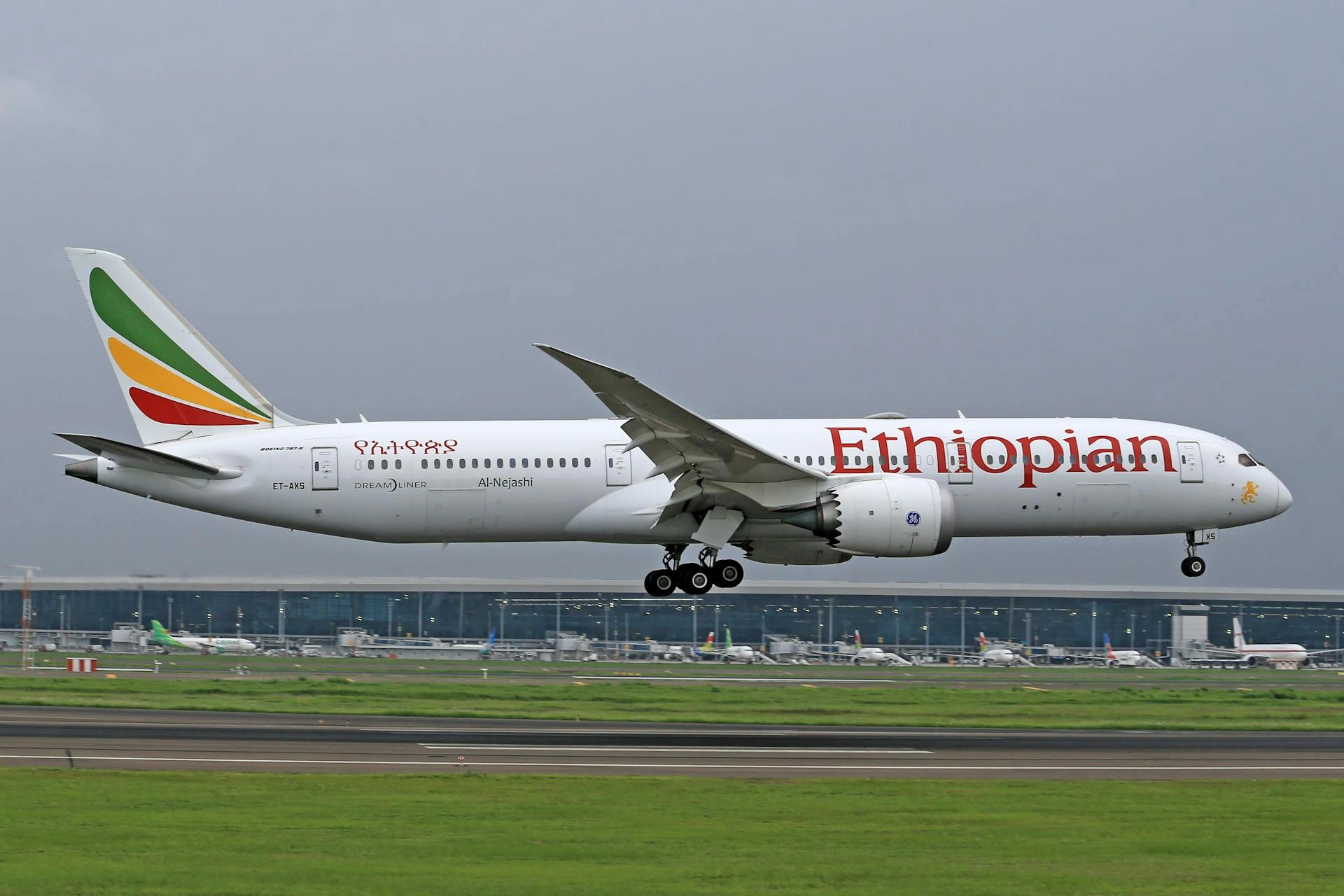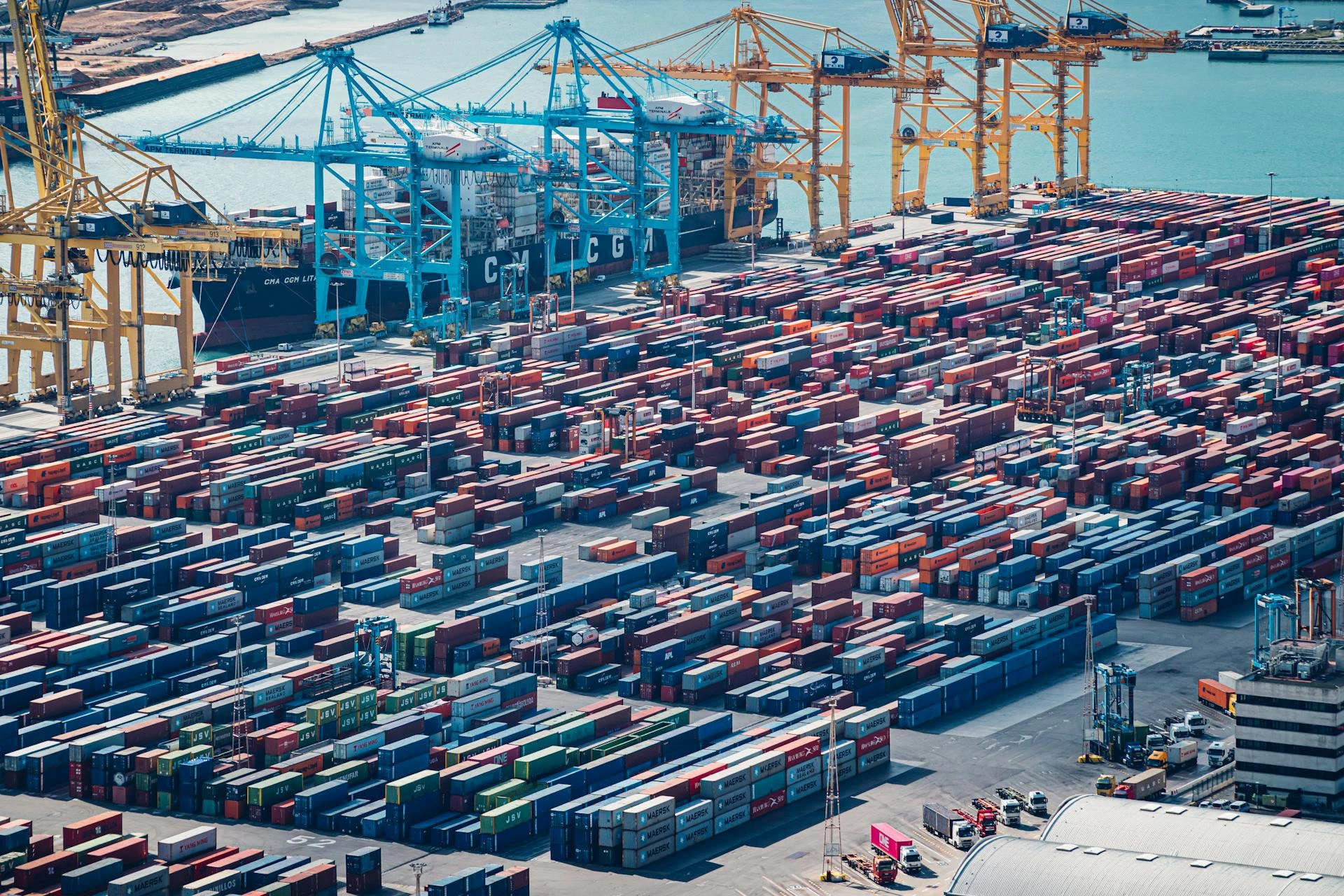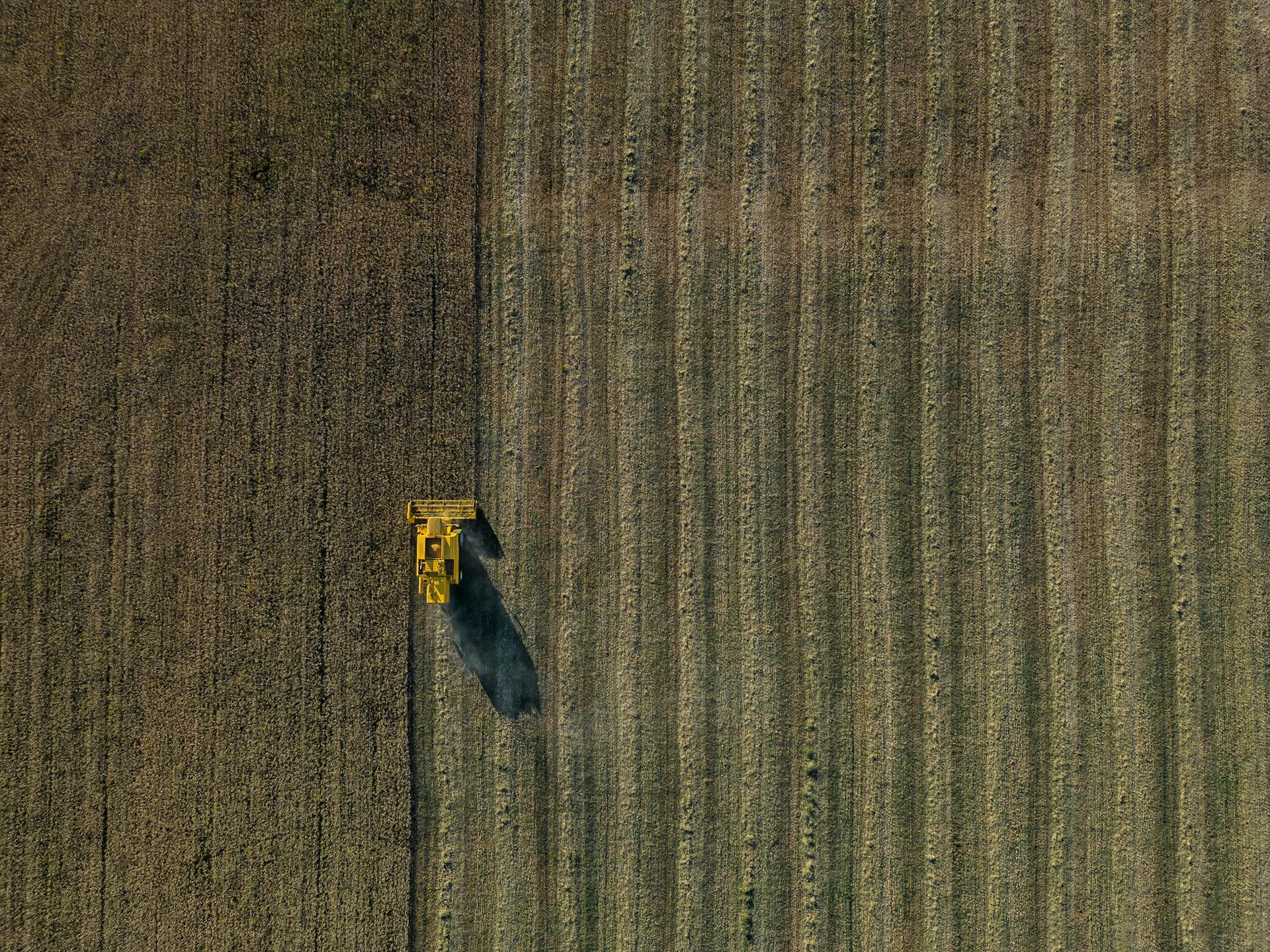Amazon Enters Satellite Broadband Race with Kuiper-1 Launch

John E. Kaye
- Published
- News
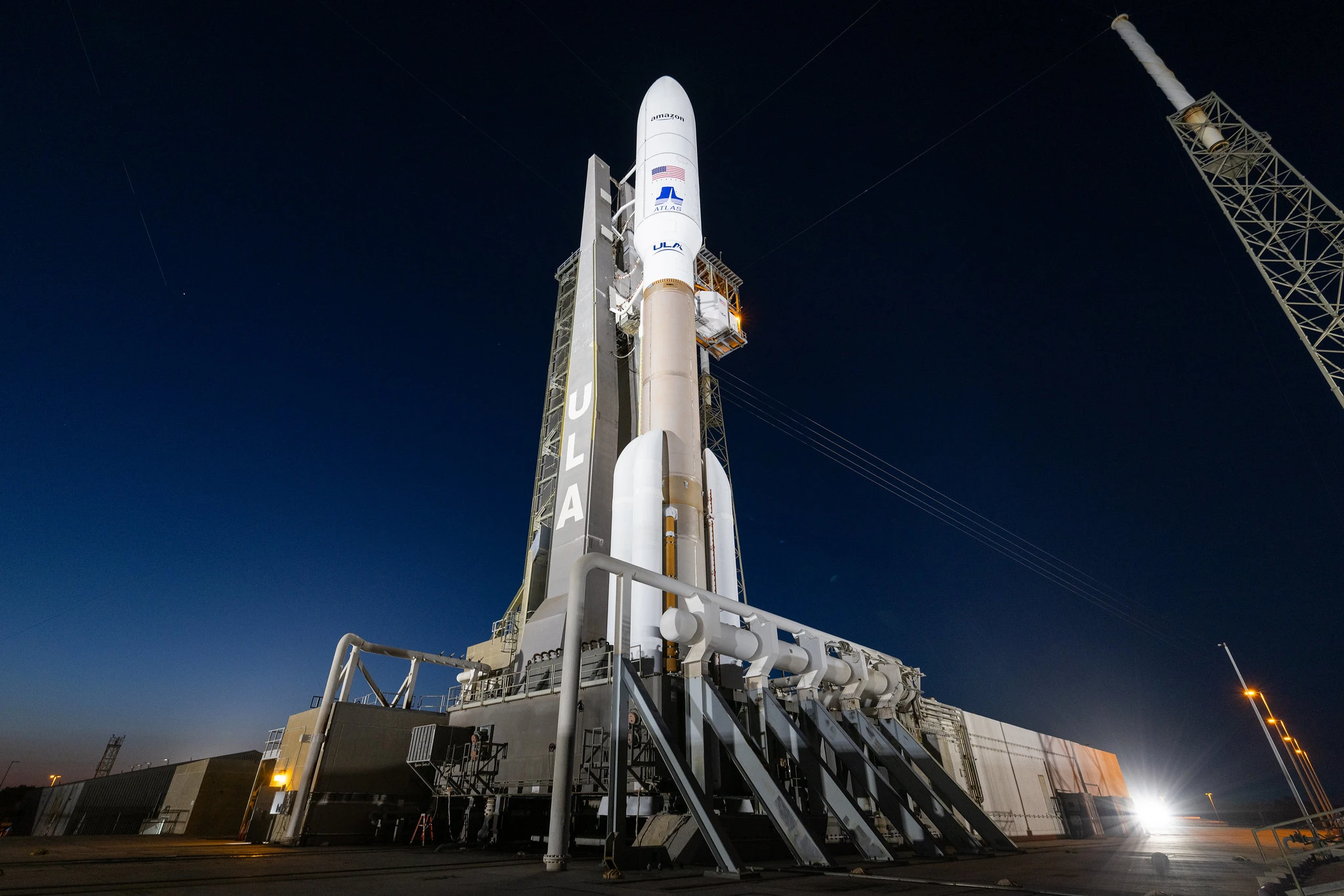
Amazon has taken its first major step towards building a space-based internet network after launching the first batch of satellites designed to bring high-speed internet to rural and remote parts of the world
The mission, carried out by United Launch Alliance (ULA), saw an Atlas V rocket lift off from Space Launch Complex-41 at Cape Canaveral Space Force Station at 7:01 p.m. EDT on Sunday evening, carrying the first group of satellites for the Kuiper-1 mission.
It marks the beginning of the full-scale deployment of Amazon’s Project Kuiper satellite network, which aims to expand broadband access to areas with limited service.
“This launch is an incredible milestone in Amazon’s ambitious initiative to provide fast, reliable broadband service to unserved and underserved communities around the world,” Gary Wentz, ULA’s vice president of Government and Commercial Programmes, said. “We have worked diligently with the Project Kuiper team to place this important mission on orbit and are grateful for the opportunity to continue building upon this dynamic partnership.”
The Kuiper-1 mission follows two earlier test launches in 2023, which demonstrated key technologies needed for the system. With those tests completed, Amazon is now moving into operational deployment.
More than 3,200 satellites are planned for Project Kuiper, to be positioned in low Earth orbit — an area of space less than 1,200 miles above the Earth’s surface. Together, they are intended to provide coverage in regions where traditional internet infrastructure is limited or unavailable.
Most of these satellites will be launched by ULA under what it describes as the largest commercial launch contract to date. Alongside additional Atlas V flights, ULA’s new Vulcan rocket is scheduled to carry out 38 dedicated launches for the project.
Tory Bruno, ULA’s president and chief executive, said: “This launch marks the first step towards the future of our partnership and increased launch cadence. We have been steadily modifying our launch facilities in Cape Canaveral to support the capacity for future Project Kuiper missions in a manner that will ultimately benefit both our commercial and government customers as we endeavor to save lives, explore the universe and connect the world.”
As part of those preparations, ULA has added a second launch processing facility at Cape Canaveral. The upgrade allows the company to assemble and prepare two rockets at the same time, which it says is necessary to support a higher number of missions in a shorter time frame.
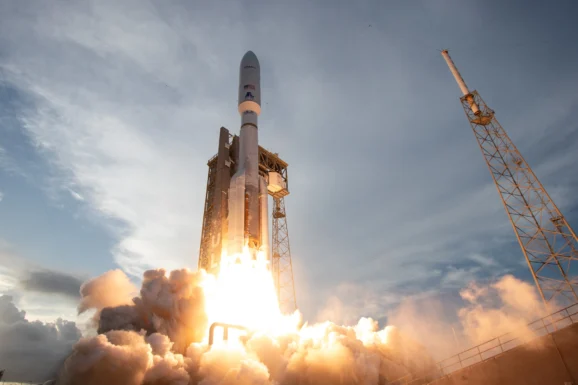
ULA was established nearly two decades ago and has supported a wide range of missions including national security, science, and planetary exploration. The company’s upcoming Vulcan rocket, designed with a modular structure, is intended to support both government and commercial satellite launches across a range of orbits.
In a company statement, ULA said it remains focused on expanding its launch services to meet future demand: “The sky is definitely not the limit.”
Main image: A United Launch Alliance (ULA) Atlas V rocket lifts off from Space Launch Complex-41 on April 28 at 7:01 p.m. EDT carrying the Kuiper 1 mission for Amazon’s Project Kuiper broadband satellite constellation. Photo Credit: United Launch Alliance
Sign up to The European Newsletter
RECENT ARTICLES
-
 UK and South Korea finalise upgraded free trade agreement
UK and South Korea finalise upgraded free trade agreement -
 Trump lawsuit against BBC raises questions over legal pressure on European public broadcasters
Trump lawsuit against BBC raises questions over legal pressure on European public broadcasters -
 UK government sets up Women in Tech taskforce amid gender imbalance concerns
UK government sets up Women in Tech taskforce amid gender imbalance concerns -
 Mycelium breakthrough shows there’s mush-room to grow in greener manufacturing
Mycelium breakthrough shows there’s mush-room to grow in greener manufacturing -
 Marriott strengthens South African portfolio with new Autograph Collection hotel in Cape Town
Marriott strengthens South African portfolio with new Autograph Collection hotel in Cape Town -
 Oxford to host new annual youth climate summit on UN World Environment Day
Oxford to host new annual youth climate summit on UN World Environment Day -
 Countdown to Davos 2026 as Switzerland gears up for the most heated talks in years
Countdown to Davos 2026 as Switzerland gears up for the most heated talks in years -
 Paribu buys CoinMENA in USD 240m deal as regional crypto markets consolidate
Paribu buys CoinMENA in USD 240m deal as regional crypto markets consolidate -
 AI innovation linked to a shrinking share of income for European workers
AI innovation linked to a shrinking share of income for European workers -
 African airspace overhaul set to shorten flight times for European travellers
African airspace overhaul set to shorten flight times for European travellers -
 Exclusive: Global United Nations delegates meet in London as GEDU sets out new cross-network sustainability plan
Exclusive: Global United Nations delegates meet in London as GEDU sets out new cross-network sustainability plan -
 Fast fashion brands ‘greenwash’ shoppers with guilt-easing claims, study warns
Fast fashion brands ‘greenwash’ shoppers with guilt-easing claims, study warns -
 Europe’s shrinking middle class is turning to the radical right, new study suggests
Europe’s shrinking middle class is turning to the radical right, new study suggests -
 Private sector set to overtake government as main driver of corporate sustainability in 2026, report suggests
Private sector set to overtake government as main driver of corporate sustainability in 2026, report suggests -
 Europe emphasises AI governance as North America moves faster towards autonomy, Digitate research shows
Europe emphasises AI governance as North America moves faster towards autonomy, Digitate research shows -
 JPMorgan plans multibillion-pound tower in Canary Wharf
JPMorgan plans multibillion-pound tower in Canary Wharf -
 Strong workplace relationships linked to higher initiative among staff, study finds
Strong workplace relationships linked to higher initiative among staff, study finds -
 Brexit still hitting poorest hardest as food costs rise and mental health worsens
Brexit still hitting poorest hardest as food costs rise and mental health worsens -
 Global crises reshape household food habits, major review finds
Global crises reshape household food habits, major review finds -
 Sir Trevor McDonald honoured at UWI London Benefit Dinner celebrating Caribbean achievement
Sir Trevor McDonald honoured at UWI London Benefit Dinner celebrating Caribbean achievement -
 Adelphi Masterfil acquires Karmelle to bolster UK machinery manufacturing
Adelphi Masterfil acquires Karmelle to bolster UK machinery manufacturing -
 Cost-of-living pressures push London staff to seek practical perks
Cost-of-living pressures push London staff to seek practical perks -
 AI and scent-science firm Arctech expands into agriculture with Rothamsted base
AI and scent-science firm Arctech expands into agriculture with Rothamsted base -
 Malta PM says future growth hinges on stronger higher-education system
Malta PM says future growth hinges on stronger higher-education system -
 Golden visa surge sets the stage for InvestPro Greece 2025
Golden visa surge sets the stage for InvestPro Greece 2025










